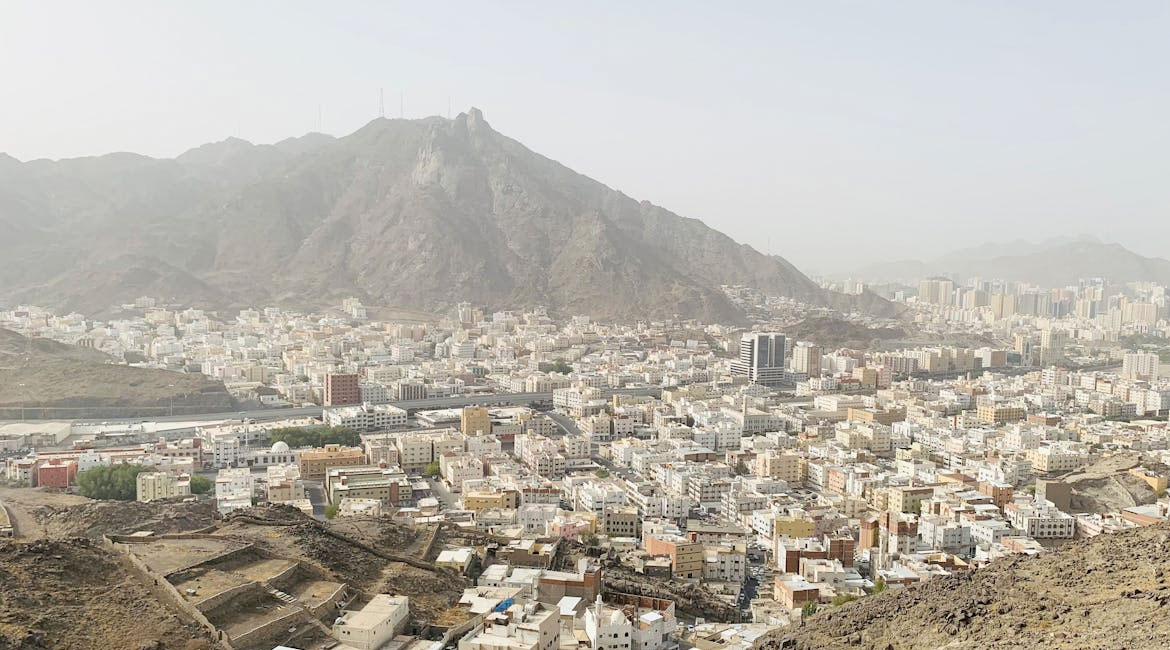The 2025 Global Multidimensional Poverty Index (MPI) report presents a compelling narrative: poverty and climate vulnerability are no longer separate challenges – they are deeply intertwined. As the report states, “poverty, once seen as mainly a standalone socioeconomic concern, is now inextricably linked with planetary pressures.”
The MPI, developed by the United Nations Development Programme (UNDP) and the Oxford Poverty and Human Development Initiative (OPHI), measures poverty beyond income, capturing deprivations in health, education, and living standards. This year’s report introduces a critical innovation. It overlays climate hazard data, such as exposure to heat, drought, floods, and air pollution, onto poverty data to reveal the compounded risks faced by the world’s poorest.
The findings are sobering. Of the 6.3 billion people across 109 countries covered by the MPI, 1.1 billion (18.3%) live in acute multidimensional poverty. Over half of them are children, with the youngest (aged 0-9) being the most affected. The report notes, “Among all children, 27.8 percent live in multidimensional poverty, more than double the rate among adults (13.5 percent).”
Geographically, poverty is concentrated in South Asia and Sub-Saharan Africa, which together account for 83.2% of the world’s poor. Rural areas are disproportionately affected, housing 83.5% of the poor, despite comprising just over half the population. Common deprivations include lack of clean cooking fuel (970 million people), inadequate housing (878 million), and poor sanitation (830 million).
However, the most striking revelation is the overlap between poverty and climate hazards. The report finds that “nearly 80 percent of poor people face climate hazards,” with 887 million exposed to at least one, and 309 million facing three or more. These hazards are not evenly distributed. “Almost all poor people in South Asia (99.1 percent) live in regions affected by at least one climate hazard,” the report states, while 91.1% of poor people in upper-middle-income countries also face such risks.
This convergence creates what the report calls a “double burden”. Poverty drives exposure to climate hazards, and those hazards, in turn, deepen and prolong poverty. The poorest are often forced to live in environmentally vulnerable areas, lacking the resources to adapt or recover from disasters. The report warns, “Without ambitious efforts to mitigate climate fallout, the number of people in extreme monetary and multidimensional poverty will rise.”

Middle-income countries, often overlooked in global poverty narratives, emerge as a hidden epicenter. The report highlights that 64.5% of the world’s poor, around 740 million people, live in middle-income countries, particularly lower-middle-income ones. These countries also face some of the highest climate risks, making them critical battlegrounds for integrated development and climate action.
Despite these challenges, there are signs of progress. Among 88 countries with trend data, 76 have reduced their MPI in at least one period. Yet, the report cautions that “progress in reducing poverty remains uneven,” with only 6 of 91 subnational regions showing significant reductions in recent years. The COVID-19 pandemic and data gaps have further stalled momentum.
The report’s granular data, covering 1,359 subnational regions, reveals stark inequalities within countries. For example, in Senegal, the national poverty rate is 45.1%, but in the Kaffrine region, it soars to 85.8%.
Ultimately, the 2025 MPI is a call to action. As Sabina Alkire, Director of OPHI, puts it: “Understanding where the planet is under greatest strain and where people face additional burdens created by climate challenges is essential to creating mutually reinforcing development strategies that put humanity at the center of climate action.”
To address this dual crisis, the report urges integrated, data-driven policies that tackle both poverty and climate vulnerability. Investments in clean energy, resilient infrastructure, and inclusive education are not just development goals, they are lifelines.



